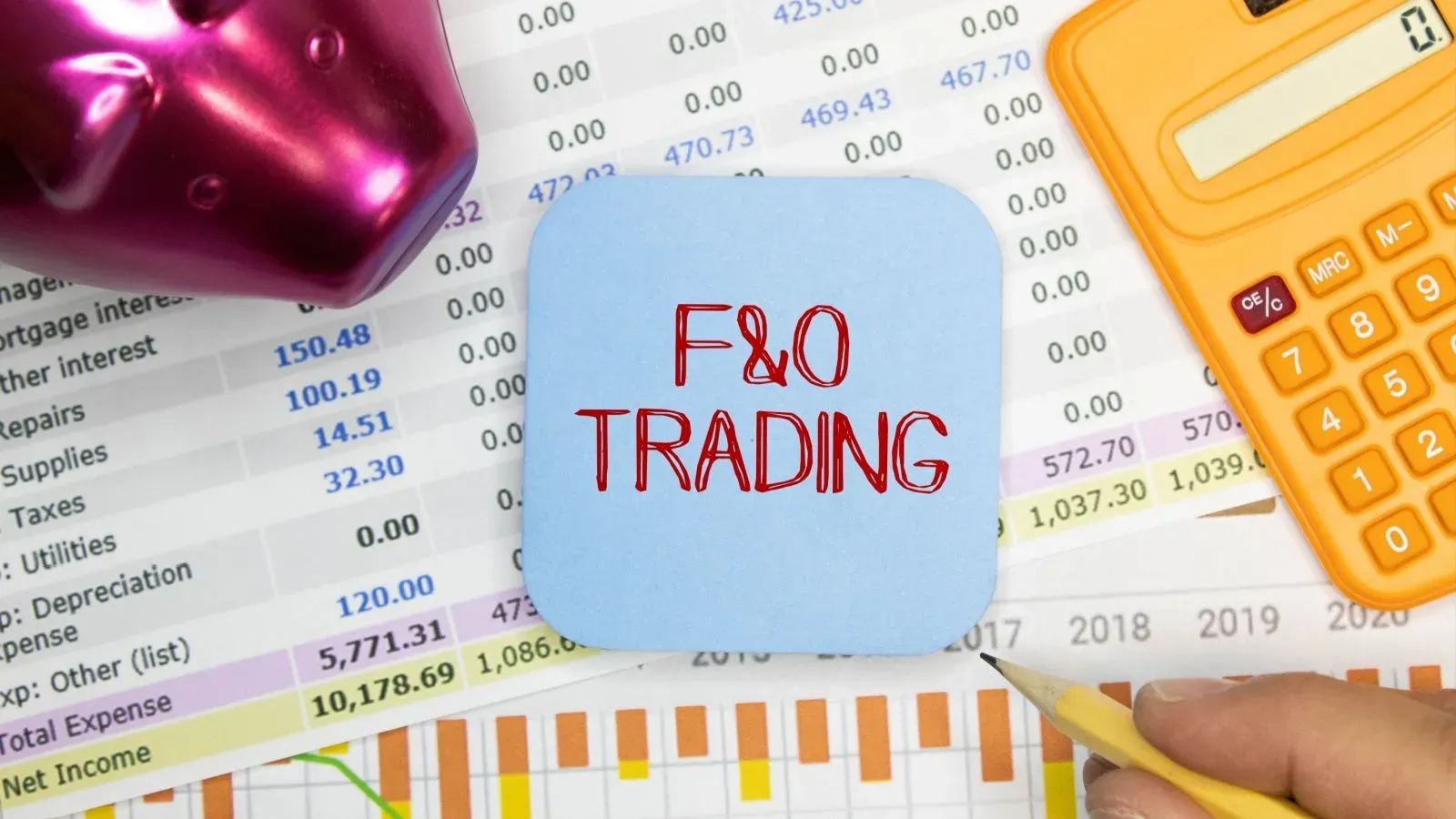How are futures prices determined
Written by Upstox Desk
Published on July 31, 2025 | 4 min read

Futures contracts are derivative contracts that derive their value from underlying assets. Underlying assets refer to the real financial assets upon which the price of a derivative is based. For example stocks, commodities and currencies. Any changes in the price of the underlying will be reflected in the price of that corresponding derivative.
The price of an underlying security is often referred to as current market price or CMP or spot price. The price of the futures contract is referred to as the futures price.
Let's understand with the help of an example how future prices are determined
For Example: If RIL shares are currently trading at ₹2,650 and RIL futures are trading at ₹2,655 there is a difference between the spot price and future price which attributes to the ‘Spot – Future Parity’ which states that this arises due to variables such as interest rates, dividends, time to expiry etc.
This can also be expressed mathematically in the futures price formula.
The futures stock price formula states –
Futures Price = Spot price * [1+ rf]– d
Where,
rf :Risk-free rate
d :Dividend
So here, in our example, there is no mention of any dividend. When calculated;
Futures price: ₹2,605
Spot Price: ₹2,600
rf: 0.00188679
A risk-free rate is what you can earn throughout the year in an ideal environment. But as in the Indian Stock Market, we only have the 1,2 & 3 month contracts. Rf can be multiplied by x/365, wherein x denotes the days to expiry in order to get a more clear picture.
Note: The mathematical value of futures prices calculated and market value by and large should be around the same value. However there could be slight variance mainly due to the associated costs.
Other factors that affect the pricing of future contract are:
-
Liquidity
Liquidity refers to how rapidly the futures can be bought or sold. This is an important factor. As futures with low liquidity may be difficult to sell and may cause the trader to take a bigger hit if he cannot sell the futures when the prices move favorably.
-
Convergence
The variance between the spot price and futures price is called 'basis'. This decreases as the time to expiry nears and becomes zero at expiry as future price converges to the Spot price.
-
MWPL
MWPL stands for market wide position limit. At the end of each day the Exchange disseminates the aggregate open interest across all Exchanges in the futures and options on individual contracts along with the market wide position limit for that contract. When there is a breach of MWPL wherein, if the total open interest on a derivative – exceeds by 95% of the market wide position limit or MWPL on that underlying security, a trading ban is imposed. And the normal trading in the derivatives would only be permitted when total open interest drops below 80% of market wide position limit.
As a matter of practice and requirement under the law, an alert is issued whenever the total open interest crosses 60% of market wide position limit or MWPL of the underlying security. This means that traders and other market participants should be cautious while assuming new positions and should monitor their open position more closely.
The terms premium and discount are frequently used in the market to describe the relationship between Futures price and Spot price. Let's understand this with the help of an example:
RIL shares are currently trading (spot price) at ₹2,650 and RIL futures are trading (futures price) at ₹2,655. Here, spot price is less than futures price i.e. futures price > spot price.
As RIL futures are trading higher than the RIL spot, the RIL futures are said to be trading at “premium”.
Now if RIL shares are currently trading (spot price) at ₹2,650 and RIL futures are trading (futures price) at ₹2,647.Here, futures price is less than spot price i.e. futures price < spot price.
As RIL futures are trading lower than the RIL spot, this is referred to as a “discount”.This is all about futures prices. You can learn more about trading in futures here**.**
About Author
Upstox Desk
Upstox Desk
Team of expert writers dedicated to providing insightful and comprehensive coverage on stock markets, economic trends, commodities, business developments, and personal finance. With a passion for delivering valuable information, the team strives to keep readers informed about the latest trends and developments in the financial world.
Read more from UpstoxUpstox is a leading Indian financial services company that offers online trading and investment services in stocks, commodities, currencies, mutual funds, and more. Founded in 2009 and headquartered in Mumbai, Upstox is backed by prominent investors including Ratan Tata, Tiger Global, and Kalaari Capital. It operates under RKSV Securities and is registered with SEBI, NSE, BSE, and other regulatory bodies, ensuring secure and compliant trading experiences.





















